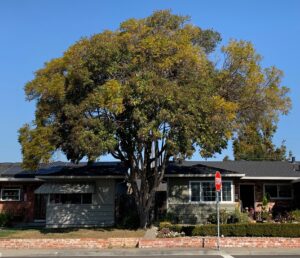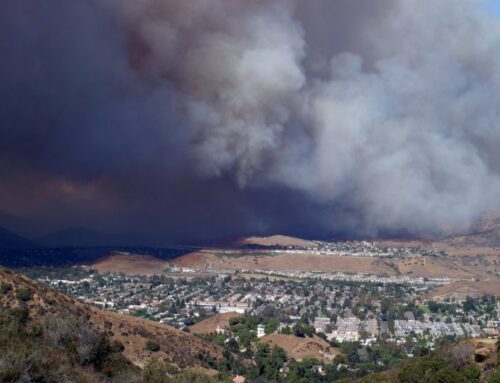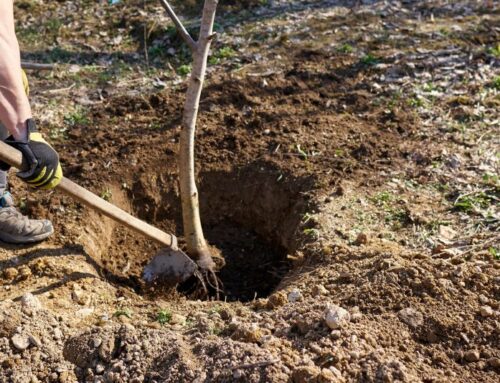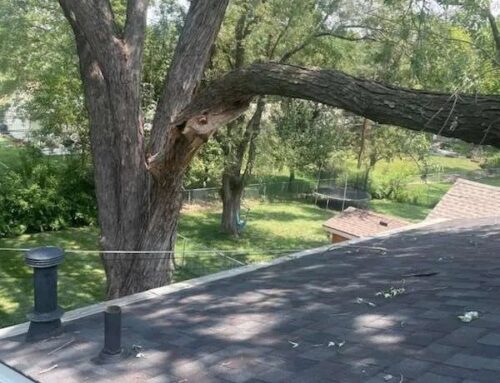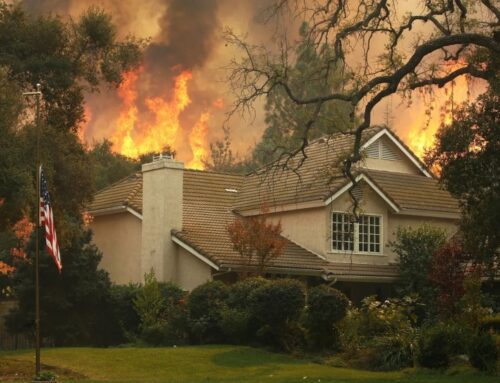Trees can be a source of beauty, shade, and privacy—but when they sit near property lines, they can also lead to disputes. Whether you’re concerned about overhanging branches, falling limbs, or encroaching roots, it’s important to know your rights and responsibilities under California law. This article will help you determine tree ownership, understand what actions you can legally take, and offer tips for resolving issues with neighbors or the city.
Who Owns the Tree?
If the Tree Is Fully on One Property
Under (California Civil Code 833), if the trunk of a tree stands entirely on one property—even if branches or roots extend into a neighbor’s yard—the owner of that property legally owns the entire tree. That person is responsible for its care, as well as any damage it may cause.
If the Tree Sits on the Property Line
When a tree’s trunk straddles the boundary line between two properties, (California Civil Code 834) defines it as a “boundary tree.” In this case, both neighbors share ownership and must agree on any major decisions like pruning beyond one’s property line or removal.
If the Tree Is on City Land
Trees located between the sidewalk and street are often city-owned. If you’re unsure, contact your city’s public works or urban forestry department to confirm ownership and maintenance responsibility. Many municipalities prune street trees on a fixed schedule, but you may be required to get a permit to do any work on a city tree.
What Can You Do About a Neighbor’s Tree?
Overhanging Branches or Encroaching Roots
You’re generally allowed to trim branches and roots that encroach onto your property, but only up to the property line and only if the trimming doesn’t damage the health of the tree. Damaging or killing a tree—intentionally or through negligent pruning—could leave you liable for significant damages, especially if the tree is protected or valuable.
Best Practice: Speak with your neighbor before doing any pruning. Hiring a certified arborist ensures the work is done safely and legally.
Hazardous or Damaged Trees
If a neighbor’s tree is visibly dead, leaning dangerously, or dropping large limbs, it could be a hazard. Document the condition, notify your neighbor in writing, and request action. If they refuse to act and damage occurs later, you may have grounds to claim negligence. In urgent cases, you can report hazardous trees to your city or local code enforcement.
If a Tree or Branch Falls
When a tree or branch falls due to natural causes (e.g., a storm), it’s often considered an “act of God,” and the property owner where it fell is usually responsible for cleanup. However, if the tree was dead or clearly hazardous and the owner failed to act, they may be liable for any damage. In either case, photograph the damage, contact your neighbor, and inform your homeowners’ insurance.
What If You Share Ownership of the Tree?
If the tree trunk lies on both properties, both neighbors share ownership. That means no single party can prune the trunk area or remove the tree without the other’s consent. Any decisions about care, trimming, or removal should be mutual—and ideally documented in writing.
Disagreements over shared trees can escalate quickly. A certified arborist can offer neutral guidance, and mediation services can help resolve conflicts without going to court.
Don’t Forget Local Ordinances and Permits
Some cities have specific tree ordinances that govern tree removal, especially for large, historic, or native species. Homeowners’ associations (HOAs) may also have rules about tree height, trimming, or views. Always check local regulations before removing or heavily pruning a tree. Permits may be required, and violations can carry steep fines.
When Neighborly Talk Isn’t Enough
Most tree issues can be resolved through polite, respectful communication. If that doesn’t work:
- Consult an arborist to provide an expert opinion
- Use mediation services if discussions stall
- Seek legal advice for serious damage, danger, or unresponsive neighbors
- Contact your city if the tree poses a safety risk or violates codes
Summary
Knowing your rights and responsibilities about trees can help you avoid conflict and costly mistakes. Here are the key takeaways:
- Tree ownership is determined by the trunk’s location.
- You may trim encroaching branches but must avoid damaging the tree.
- Shared trees require shared decisions.
- Fallen or hazardous trees introduce liability concerns.
- Local ordinances and permits may apply.
Always aim for open communication and professional guidance when dealing with trees near property lines.

